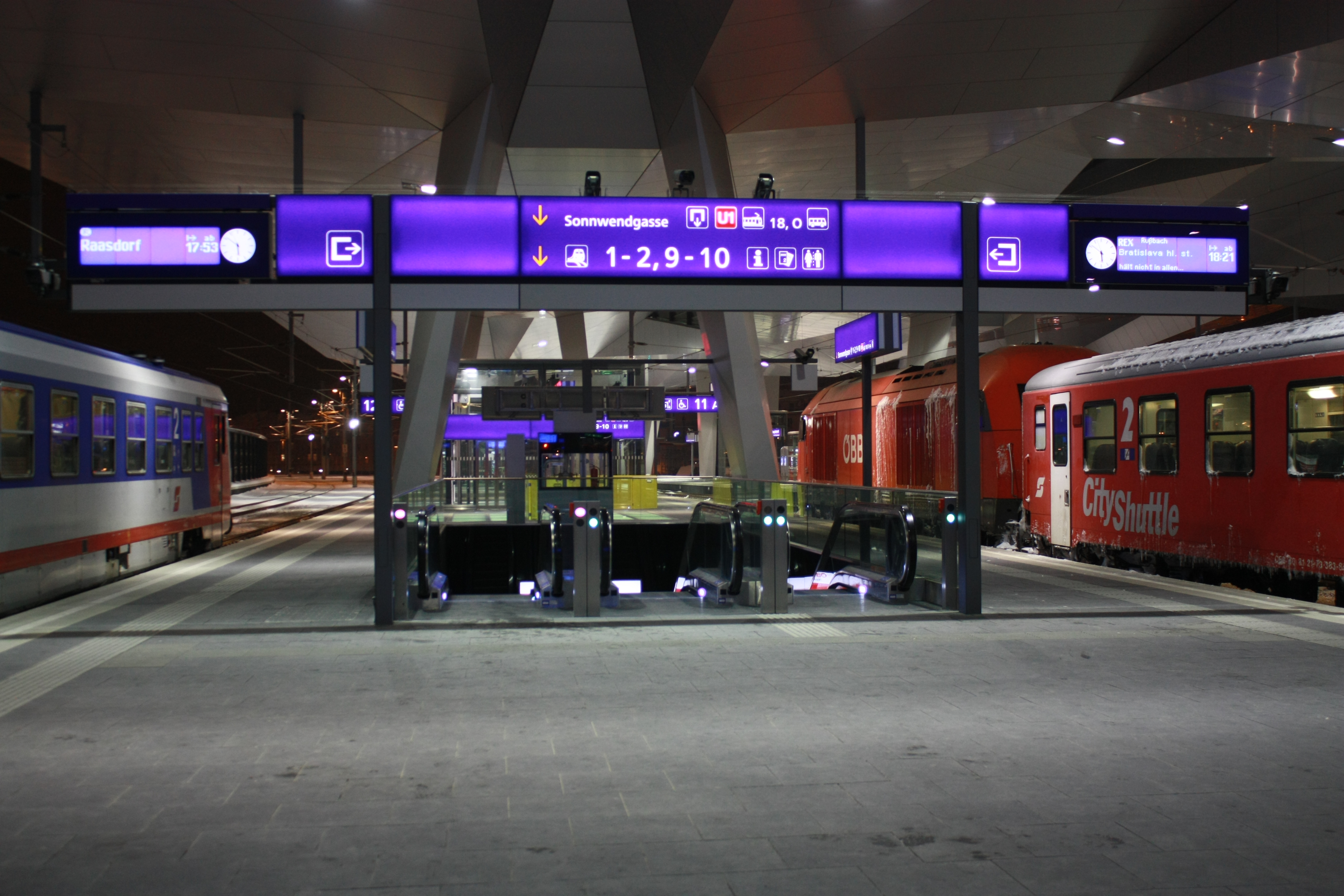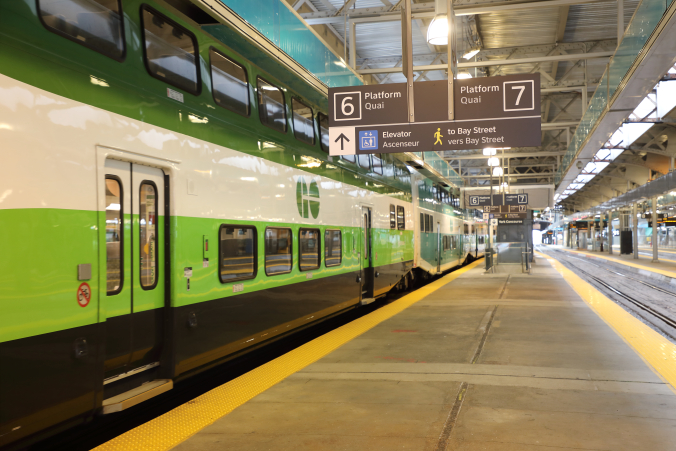reaperexpress
Senior Member
The people are just doing what VIA has told them to do. If VIA tells them to wait in the lounge until the platform is announced (i.e. what GO does) people will do that instead.Boarding doesn't start until 15 minutes before on 71. Yet people start standing in line long before. As long as people keep doing that, I doubt anything is going to change.
If VIA wants, it can still have staff on the platform to assist passengers (directions to particular coaches, physical assistance up steps, etc), while the 90% of people who don't need assistance can board in parallel at all doors of the train. Ideally VIA would be included into GO's departure boards (thence "Union Station's departure boards") so passengers entering from any part of the station can make their way directly to the platform once it is announced.






